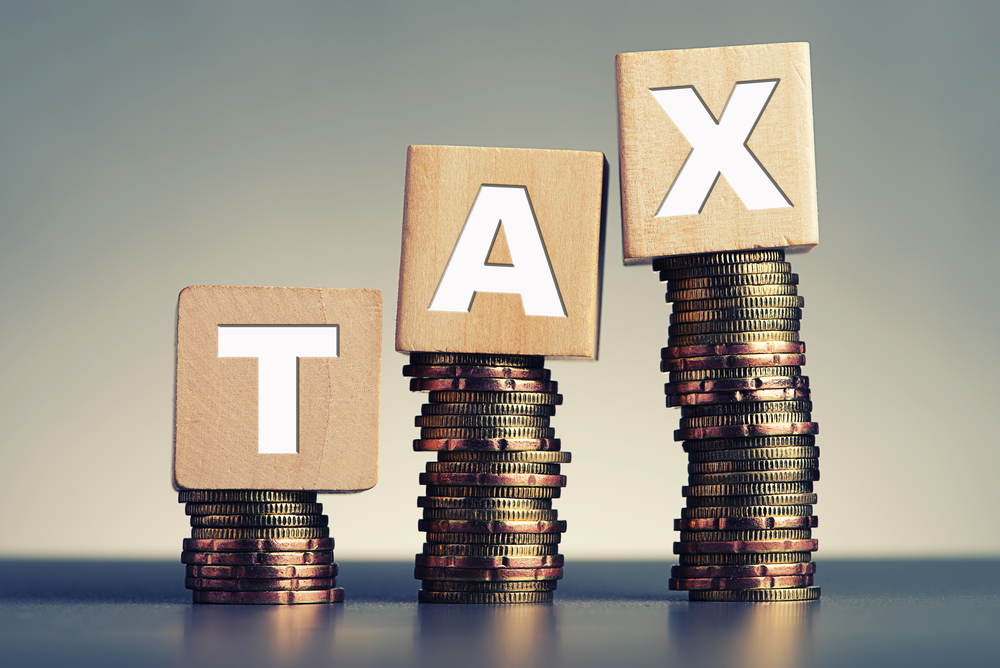Buy To Let
Will I pay more Stamp Duty from 1 April? Seven case studies

From 1 April 2016, the government will add three percentage points to the existing Stamp Duty rates for those buying a second property. This will make a significant difference to the amount of Stamp Duty that is payable by second homeowners and buy-to-let landlords.
For example, additional homeowners who buy a property for £150,000 before 1 April will pay £500 in Stamp Duty, but this will rise to £5,000 after the deadline – a tenfold increase.
However, the rules are complicated and whether you have to pay the surcharge will depend on your individual circumstances.
Here are seven hypothetical case studies to help you figure out if you’ll be paying more from April 2016 or not.
Q. I am purchasing a new main residence but intend to retain my current main residence, convert it to a buy-to-let mortgage and rent it out. Will I have to pay the higher rates of SDLT on the purchase of my new main residence?
A. Yes, the higher rates will apply as following the purchase you will own an additional residential property. However, if you sell your previous home within three years of the purchase of the new one you will be able to claim a refund from HMRC.

Wellness and wellbeing holidays: Travel insurance is essential for your peace of mind
Out of the pandemic lockdowns, there’s a greater emphasis on wellbeing and wellness, with
Sponsored by Post Office
Q. I am currently living in rented accommodation, having sold my previous main residence nearly 18 months ago. I am now looking to purchase a new main residence within the next few months. I also have a number of buy-to-let properties. Will I have to pay the higher rates on the purchase of my new main residence?
A. Provided you purchase your new main residence within 3 years of the sale of your previous main residence, you are considered to be replacing your main residence, and therefore the higher rates will not apply.
Q. I have been living and working overseas for a number of years and purchased a property there which I used as my main residence. I am now returning to the UK and wish to purchase a property here which will become my main residence. I intend to keep my overseas property to use as a holiday home. As I am purchasing a new main residence will I be exempt from the higher rates of SDLT?
A. No, the higher rates will apply to the UK purchase as following the purchase you will own an additional residential property and will not have replaced you main residence, i.e. sold you current main residence and purchased a new one.
Q. I am a property developer, who purchases residential properties, refurbishes and then sells them. Will I be exempt from the higher rates of SDLT on any purchases that I make after 1 April 2016?
A. No, there are no reliefs or exemptions from the higher rates for property developers. The higher rates will apply to any purchase that completes on or after 1 April 2016.
Q. My partner and I are in the process of purchasing a property jointly, this will be our main residence. I currently own another property which I rent out but my partner is a first time buyer. Will we have to pay the higher rates of SDLT on the whole purchase price or just on the 50% that I am purchasing?
A. The higher rates will apply to the total purchase price as following the purchase you will own an interest in an additional residential property. For joint purchases the higher rates will apply if either of the purchasers own other residential property.
Q. I am helping my son purchase a property that will be his main residence. My son is a first time buyer but I own another property which is the family’s main residence. I will have a 30% share in the property and my son a 70% share. Will we have to pay the higher rates of SDLT?
A. Yes, the higher rates will apply as following the purchase you will own an interest in an additional residential property and will not have replaced your main residence, i.e. sold your current main residence and purchased a new one.
Q. I am purchasing six residential properties in the same transaction. Am I liable to the higher rates of SDLT and can I claim multiple dwelling relief?
A. As you are purchasing at least six dwellings, you can choose whether to pay SDLT at the non-residential rates or claim multiple dwellings relief. If you choose to claim multiple dwellings relief the higher rates will apply, the minimum rate payable being 3% for purchase up to £125,000.
